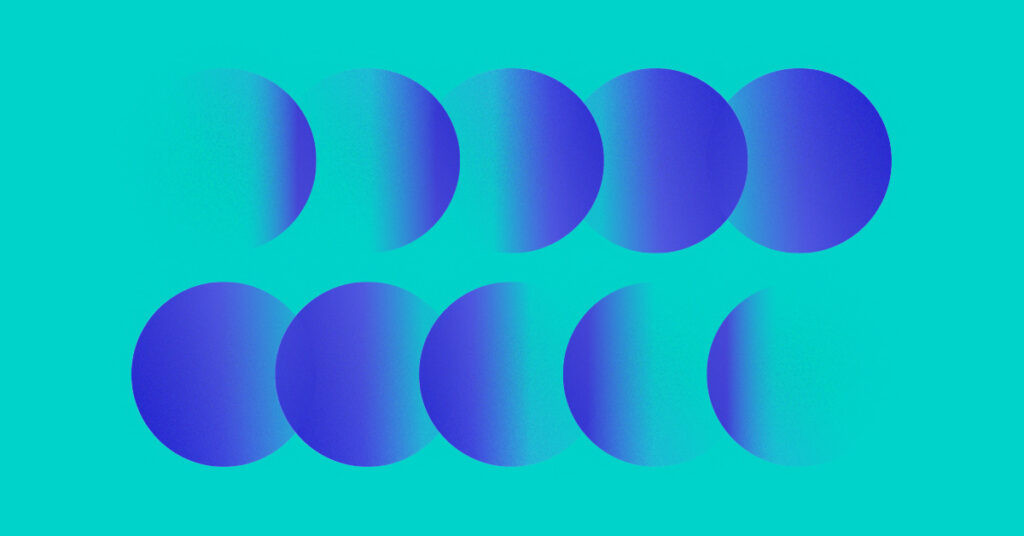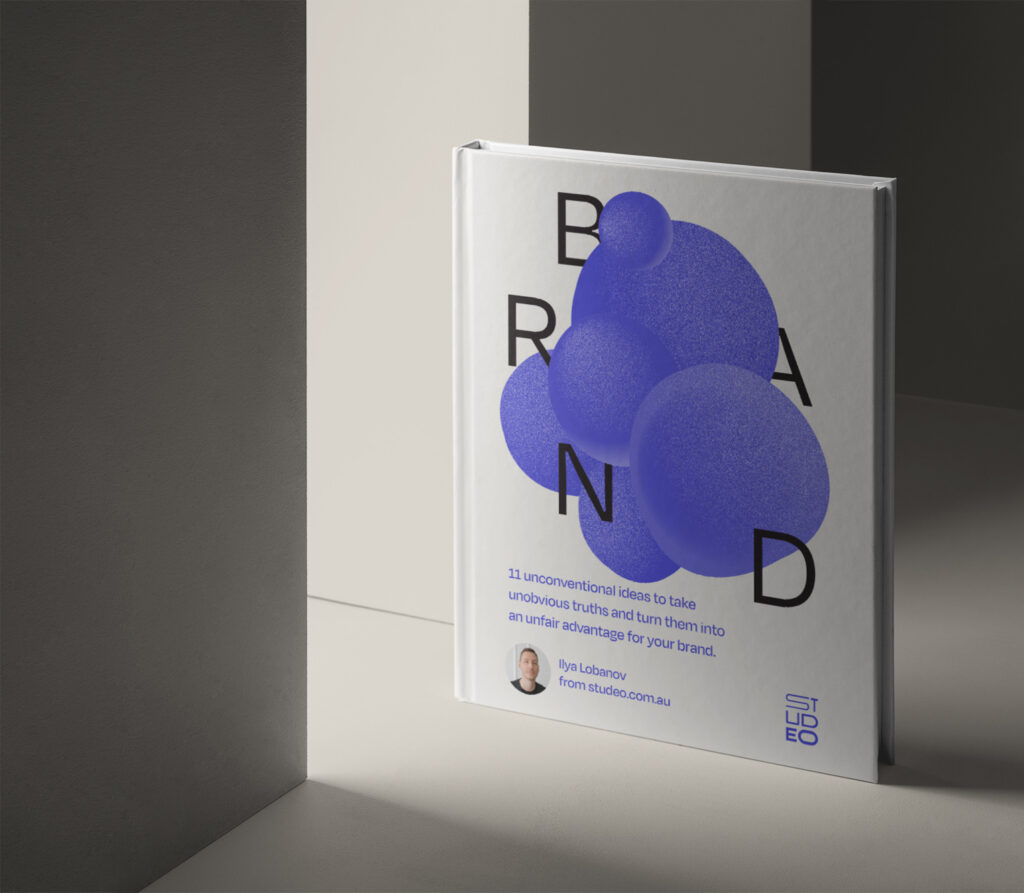How to Evoke Inspiration and Creativity

As creators, in order to keep our creativity flowing, we need to keep creating. Ironically, without creativity and inspiration, it’s hard to create. It’s a closed-loop. Musicians need to keep creating new music and new sounds. Artists need to paint, doodle and draw. Designers need to create logos and websites. And writers need to… well, you get the gist.
So how do you initiate the creativity loop if inspiration is lacking in the first place?
To induce inspiration and create something new we have to be able to:
- Connect with our inner self and our inner voice
- Relate to the world that surrounds us at large
- Channel those combined experiences to manifest something new
Most of the time, we are inspired by external experiences that come from different senses. Sight, hearing, smell, taste or touch. And sometimes these different senses combined can create a complex layer of mystical and complex experiences, triggering mixed emotions. Such examples can include interpreting and channeling our emotions through art or music.
Although becoming inspired and creative is not an exact science, and there is no magic formula to trigger creativity, there are many exercises that can help with inducing creativity.
Also, here are some mindset-driven guidelines that can help improve your ability to create.
Practice, practice, practice – inspiration and creativity will strike
Practice your craft, so that when the lightning of creativity strikes, you find the least barriers to physically express it. As the great Pablo Picasso once said: “Inspiration exists, but it has to find you working.”
That is to say, that even if you are not feeling particularly creative, the process itself can induce inspiration. Instead of setting the goal to create something brilliant, commit to just making ten brush strokes, or writing just 100 words, or sketching a logo for just 30 minutes.
Put yourself out there, live life and be sensible about it, let yourself feel
Your life experiences are the ones that will be interpreted or translated into your creations. Be that through art, design, music or painting.
As the Gestalt psychologist Kurt Koffka said, “The whole is other than the sum of its parts.”. According to him, his phrase was incorrectly adapted to become “The whole is greater than the sum of its parts”. Although we are a sum of our experiences, we are also each experience separately, which is connected to the other experience.
Consciously (or more often subconsciously), we mix and match those different individual experiences into a new interpretation. As a result, creating something different than the sum of all experiences, or each separate experience. That’s how each new idea is formed.
Collaborate with other creators
Creating can be extremely rewarding as a solo activity. However your creations are limited to your personal experiences and interpretation, and sometimes juxtaposing two or more points of view creates some of the most satisfying results.
Many eminent music bands owe their success to the magic of collaboration. Just look at the Beatles or the Rolling Stones.
For example, this article is an open collaboration between myself and Gabriel Agüero of Drop Music Branding. Gabriel has been crafting audio branding and music production for over a decade. And whilst we are both heavily involved in the branding world, my experiences lie more on the visual side of the spectrum, whilst Gabriel’s experiences lie on the audible side of the scales. Combining our collective inputs makes for a richer and more multifaceted viewpoint.
Now Over To You
I want to hear about your experiences with creativity and opening up to different senses and experiences – reach out via email or on Instagram and let’s get a discussion going!
If you enjoyed reading this article, consider signing up to the Studeo Insider and receive more insights like this one. If you know someone who might enjoy this article, please share it. You can connect further with Gabriel Agüero via dropmusicbranding.com
